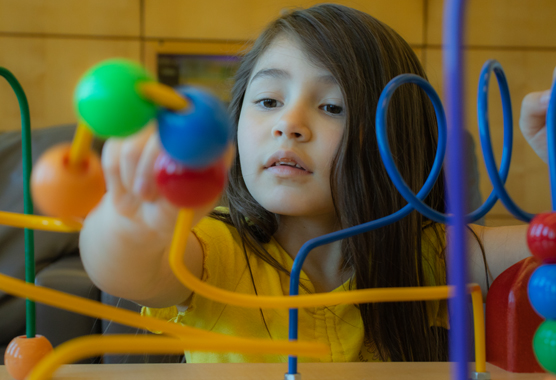Typical Development Research Studies
Join our research participant registry to sign up for the studies listed below.
-
APP
Autism Phenome Project
Learn moreThe goal of our study is to identify and describe different types of autism. One group we are focusing on is children with autism and intellectual disability. We want to understand behavior and brain development in children with and without autism and intellectual disability.
- Children between the ages of 9-11 years old who:
- Autistic with intellectual disability
- Autistic without intellectual disability
- Non-autistic
- Living in a household where English is the primary language
- Children between the ages of 9-11 years old who:
-
GAIN
Girls with Autism - Imaging of Neurodevelopment
Learn moreAutism can look different in girls compared to boys. The purpose of this research is to better understand how autism differs between boys and girls.
- 2-6 years old
- Autism or typical development
-
LC STUDY
Investigation of Locus Coeruleus Function in Sustained Attention
Learn moreIn the brain stem, there is a tiny blue spot called the Locus Coeruleus (LC) that is a crucial region for attention. We aim to study this region via fMRI imaging while participants take a stimulant medication, Modafinil.
- 18-65 years old
- Typical development
-
TEDI
Infant Development Study
Learn moreIn this study, we will meet over telehealth with caregivers and babies over time to see how they develop. We can also help identify if additional supports may be helpful. We will get information about how to make telehealth easier for families. This study will take place completely online.
- Babies between 6 and 12 months old who:
- May be showing differences in their social interactions or their communication, language, or play skills
- Can sit with help and hold toys
- Caregivers may or may not have concerns about development
- Infants do not need to have an autism diagnosis
- Babies between 6 and 12 months old who:





